Navigation
Install the app
How to install the app on iOS
Follow along with the video below to see how to install our site as a web app on your home screen.

Note: This feature currently requires accessing the site using the built-in Safari browser.
More options
You are using an out of date browser. It may not display this or other websites correctly.
You should upgrade or use an alternative browser.
You should upgrade or use an alternative browser.
Will cheap UV filters still do the trick?
- Thread starter PropilotBW
- Start date
- Joined
- Apr 9, 2009
- Messages
- 41,401
- Reaction score
- 5,706
- Location
- Iowa
- Website
- kharrodphotography.blogspot.com
- Can others edit my Photos
- Photos OK to edit
It's more likely they were included in the OEM pricing.
- Joined
- Jul 8, 2005
- Messages
- 45,747
- Reaction score
- 14,806
- Location
- Victoria, BC
- Website
- www.johnsphotography.ca
- Can others edit my Photos
- Photos OK to edit
Not trying to split any hairs; apologies if my post was confusing. What I meant to say was: It probably matters not a whit who actually makes the lens hood, first, second or third party. What, IMO, is important is the design. As long as the design and dimensions are the same as those of the original manufacturer of the lens, it's all good. What I don't think would be good is using a generic lens hood that was not made for one particular lens, but rather just meant to fit any lens with that particular barrel diameter.I guess I just don't know where the line is between "generic" and "third party".I'm sure they are; that's what I meant, as long as they're copying an OEM design, fine, but I'm not sure I'd want to use some generic petal-hood on my UWA.Your doubts notwithstanding, they appear to be copying the petal hoods just fine.
Perhaps you could split that hair for me?
Kolia
No longer a newbie, moving up!
- Joined
- Jul 19, 2011
- Messages
- 682
- Reaction score
- 54
- Location
- Ohio
- Can others edit my Photos
- Photos OK to edit
It's more likely they were included in the OEM pricing.
Cut it anyway you want, if you can't buy the lens without the hood, then you are not paying extra for the hood + lens and everybody who owns the same lens will also own the same hood, reducing its market value to zero...
bc_steve
Been spending a lot of time on here!
- Joined
- Feb 8, 2013
- Messages
- 1,384
- Reaction score
- 622
- Location
- British Columbia, Canada
- Website
- www.stevedinicol.com
- Can others edit my Photos
- Photos OK to edit
Wow, NOW look what I've started!! OOPS!
This is definitely an awesome subject of debate. I just purchased a Nikkor 10-24, and was looking for filters for it...hence starting this thread. I will probably not buy a plain 'ol UV filter for it, after forum feedback, but I am definitely considering a Neutral Density, or Polarized, or both. Does the title of the thread still apply to Polarizing filters and ND filters? Cheap?... or fork over the dough? What do you recommend? This lens will be used mostly for Landscape photography (sunsets at beach, mountain views, etc). Do I even need this, or do I just think I do?
Whenever you put a piece of glass in front of your lens it will negatively affect your image quality. If you want to minimize the negative effect then don't cheap out. Price doesn't mean everything though, check out this comparison:
Polarizing filters test - Introduction - Lenstip.com
This guy puts 25 polarizers through much more serious testing than I would ever be able to do, and interestingly some expensive polarizers are near the bottom of his list and some less expensive ones are near the top. The difference between a good polarizer and a bad one is noticeable. I accidentally bought a bad one on ebay, thinking it was a different model (my fault, not the seller's) and it turned out the wicked deal I thought I was getting was too good to be true. I ended up using it until I was able to get a better one, but I just didn't like what it did to the colours and it seemed darker than it should have been.
Garbz
No longer a newbie, moving up!
- Joined
- Oct 26, 2003
- Messages
- 9,713
- Reaction score
- 203
- Location
- Brisbane, Australia
- Website
- www.auer.garbz.com
- Can others edit my Photos
- Photos NOT OK to edit
KMH would you please stop posting that crappy video of some guy hitting a 50mm lens with a hammer, it's misleading. Glass strength is entirely dependant on thickness, curvature and support. While the 50mm will withstand a hard smack with the sharp end of a hammer, another lens like your typical 80-200mm or 300mm will shatter if you look at them funny.
More suitable to the discussion would be that picture taken with a shattered front element showing how little a typical scratch may actually contribute to an image.
More suitable to the discussion would be that picture taken with a shattered front element showing how little a typical scratch may actually contribute to an image.
Similar threads
- Replies
- 17
- Views
- 3K
- Replies
- 12
- Views
- 4K
- Replies
- 23
- Views
- 6K

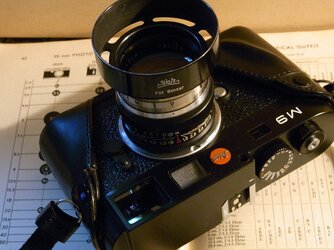

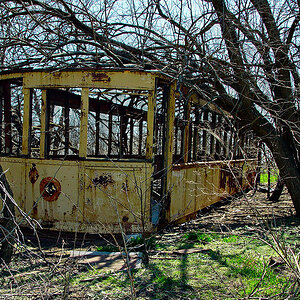
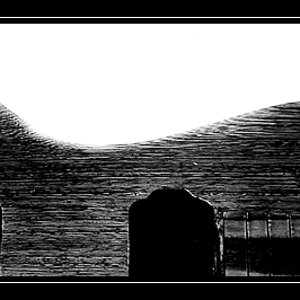
![[No title]](/data/xfmg/thumbnail/38/38740-d1a7721cf77e9309a9b4a4829c65fdd4.jpg?1619738704)
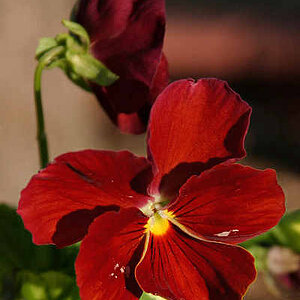

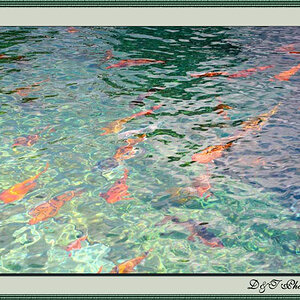




![[No title]](/data/xfmg/thumbnail/32/32709-80f0f0432fd5ec548a3efdb60ef77d46.jpg?1619735613)